About a month ago, I walked back from school to my apartment and on that walk back home I always pass a line of food trucks. These food trucks ranges from selling anything from Acai bowls to grill cheeses, I have seen food trucks for lobster rolls and even traditional Taiwanese snacks. These food trucks aid in the diet of college students, instead of eating top ramen, we get to enjoy Gyros, Tacos and the USC based Craft truck. Why have so many started to pop up LA?
Several food truck owners express their reason for entering the food truck business simply by saying that it takes a little less capital starting a food truck than starting a restaurant. The owner of the grill cheese truck express his happiness when he has customers that wait over an hour just to try his grill cheese and when they do the smile that emerges on their face is priceless. He also explained in a quick interview with The Thrash Lab that LA has been dying to experience street food for awhile, if you look around the world to Asia, Europe, and Latin America, street food is very prevalent, night markets flourish and LA’s answer to that culture is food trucks. Okay so we have seen food trucks everywhere, how much does it cost to start one?
Many individuals think that starting a food truck does not actually cost that much and is cheaper because you don’t have to pay for leasing but instead maybe just parking. This is true but starting a food truck ranges from costing $50,000 to $200,000 dollars according to Forbes. The ones spending money closer to $200,000 are usually high end restaurants that are using the food truck as a catering service. Any food truck that is spending less that $50,000 to start may raise concerns about transportation or quality of food preparation. A reasonable amount for starting a reliable food truck ranges from $70,000 to $80,000 dollars. The biggest issue for food trucks is stability. Customers do not know 100% if a food truck is going to be at a specific spot every time. For example, at USC food trucks are constantly fighting over parking spots. Many food trucks will park their own car overnight to save the spot for their food truck in the morning. A couple of weeks ago, an argument between two managers of food trucks sparked because they were fighting over the parking spot; one of the owners laid in the path of the other food truck challenging the driver to run him over. This business if very intense, because not getting that spot could mean the difference of making $500+ dollars that day. This business is extremely competitive especially because the number of new food trucks that are emerging are growing by the month. One of the most popular food trucks at USC is the Kogi truck that comes every Tuesday night at 10pm on Hoover close to campus. The wait can usually take up to 30 minutes to an hour, but it is completely worth the wait. Food truck festivals are also now a reoccurring event.





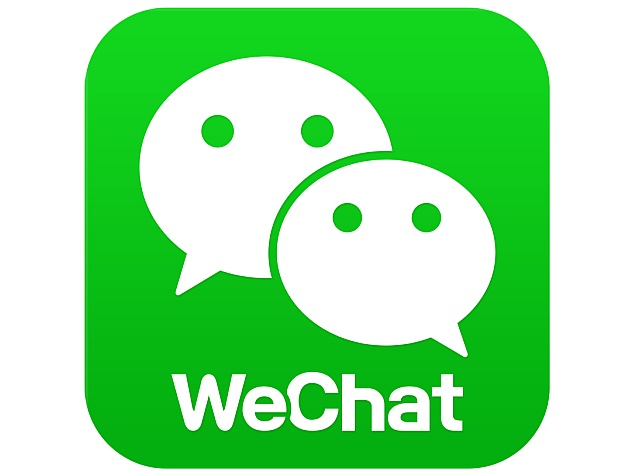 The newest version of WeChat, China’s biggest messaging communication service, brought a bringing a new video capture and sharing feature called Sight. Holding a button to a 6-second video clip and share, sounds familiar?- yes, it’s basically just Vine.
The newest version of WeChat, China’s biggest messaging communication service, brought a bringing a new video capture and sharing feature called Sight. Holding a button to a 6-second video clip and share, sounds familiar?- yes, it’s basically just Vine.
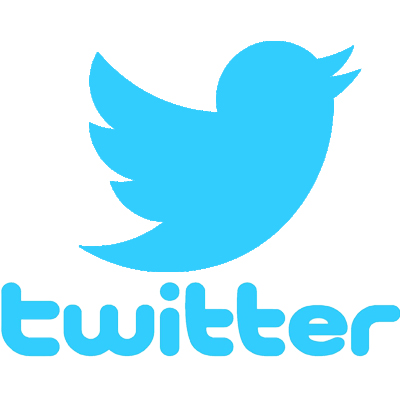
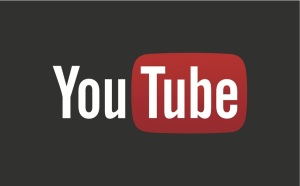
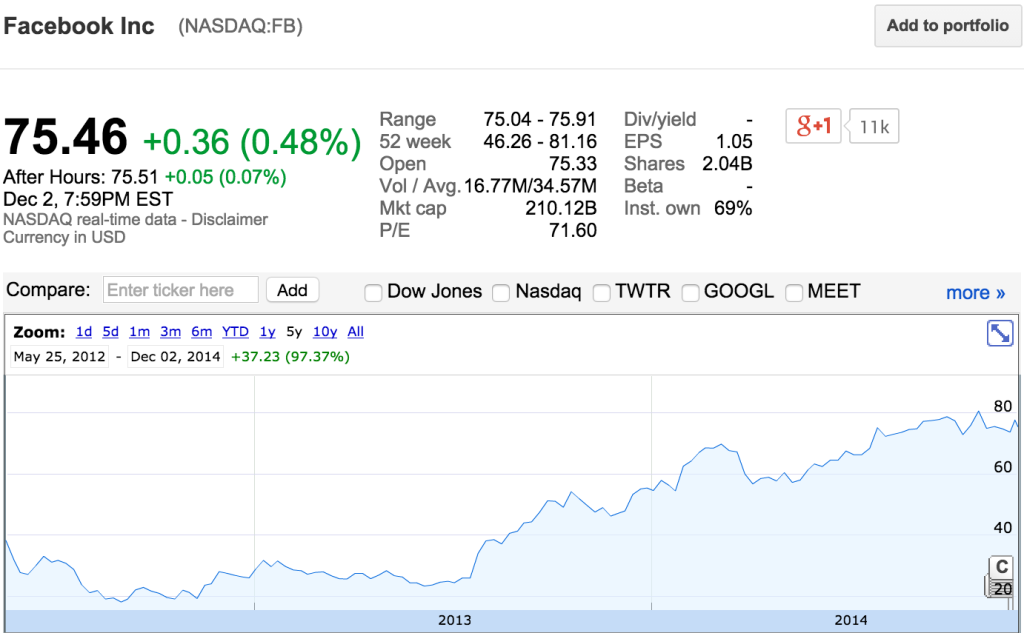
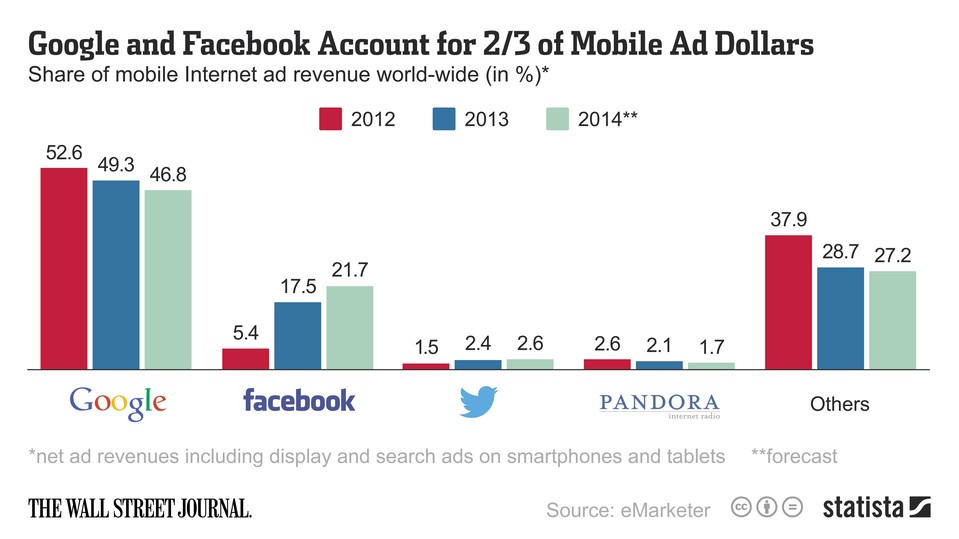

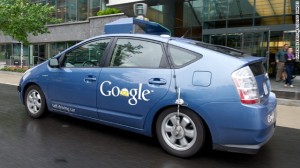

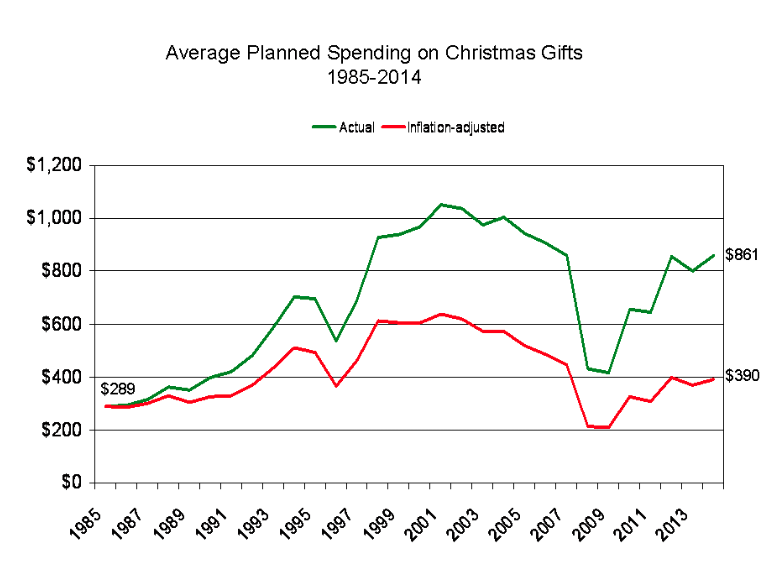 As consumers are shifting from in-store spending habits to online, it is evident that shopping overall is down from previous years. This, in part, could be due to shifting consumer priorities for their dispensable income. In an
As consumers are shifting from in-store spending habits to online, it is evident that shopping overall is down from previous years. This, in part, could be due to shifting consumer priorities for their dispensable income. In an 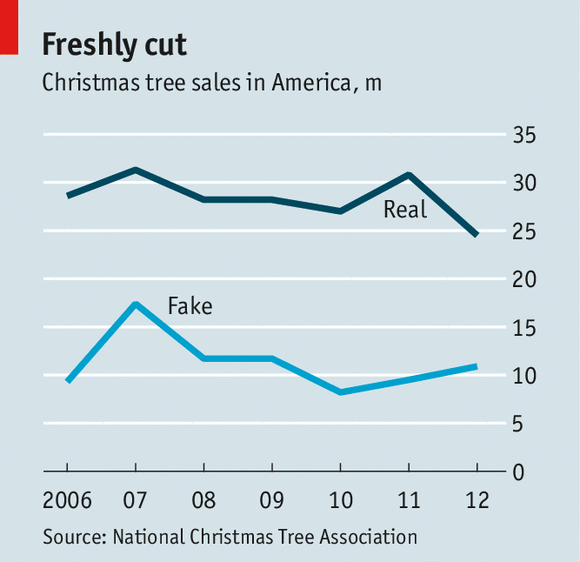

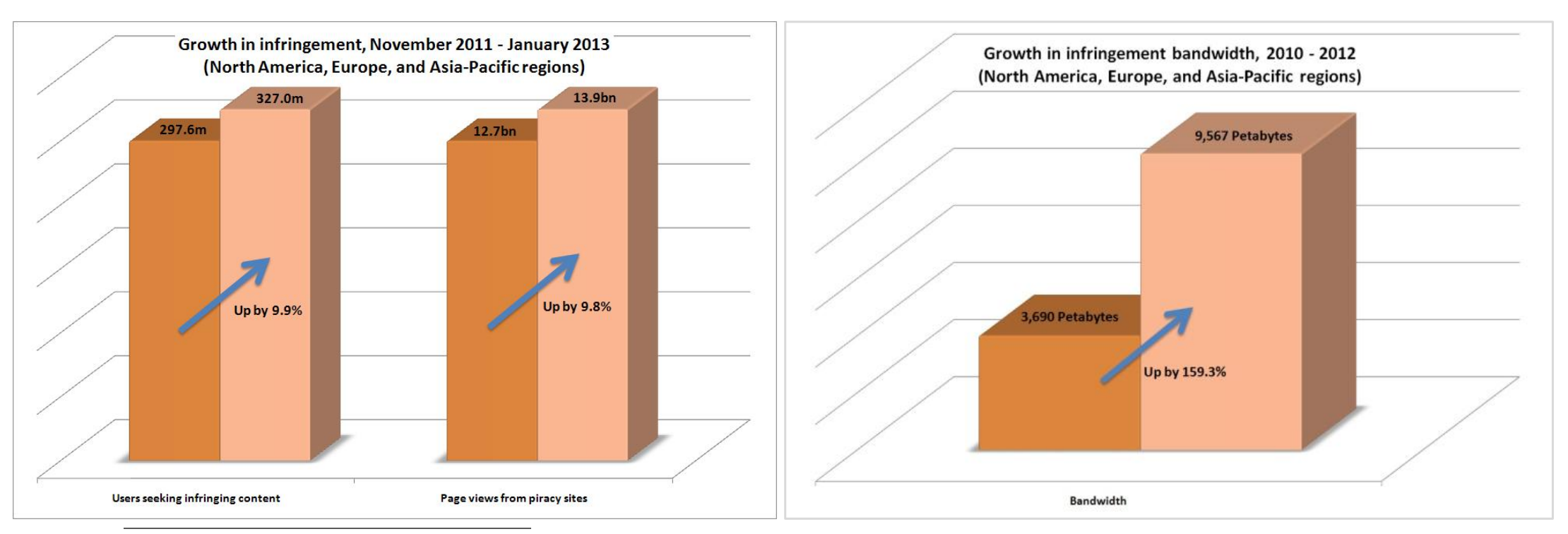







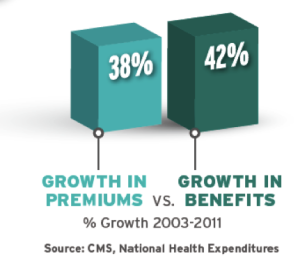 Some people may argue that there are subsidies available for young people with limited income. Yes, there are. But the truth is, for those who earn a little more than the poverty line, it’s hard for them to choose whether to earn more with no subsidy or to earn less with a small amount of subsidy. More importantly, for those healthy people who usually don’t have health problem, they would rather end up with paying penalties instead of purchasing health insurance, which is far more expansive than the penalty.
Some people may argue that there are subsidies available for young people with limited income. Yes, there are. But the truth is, for those who earn a little more than the poverty line, it’s hard for them to choose whether to earn more with no subsidy or to earn less with a small amount of subsidy. More importantly, for those healthy people who usually don’t have health problem, they would rather end up with paying penalties instead of purchasing health insurance, which is far more expansive than the penalty.